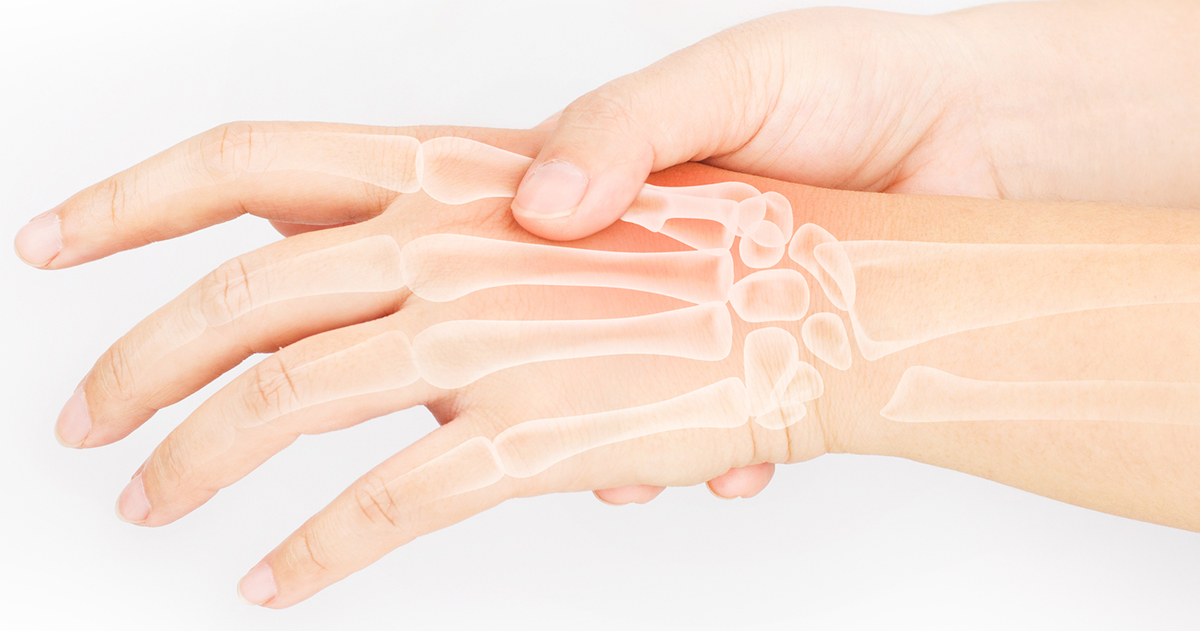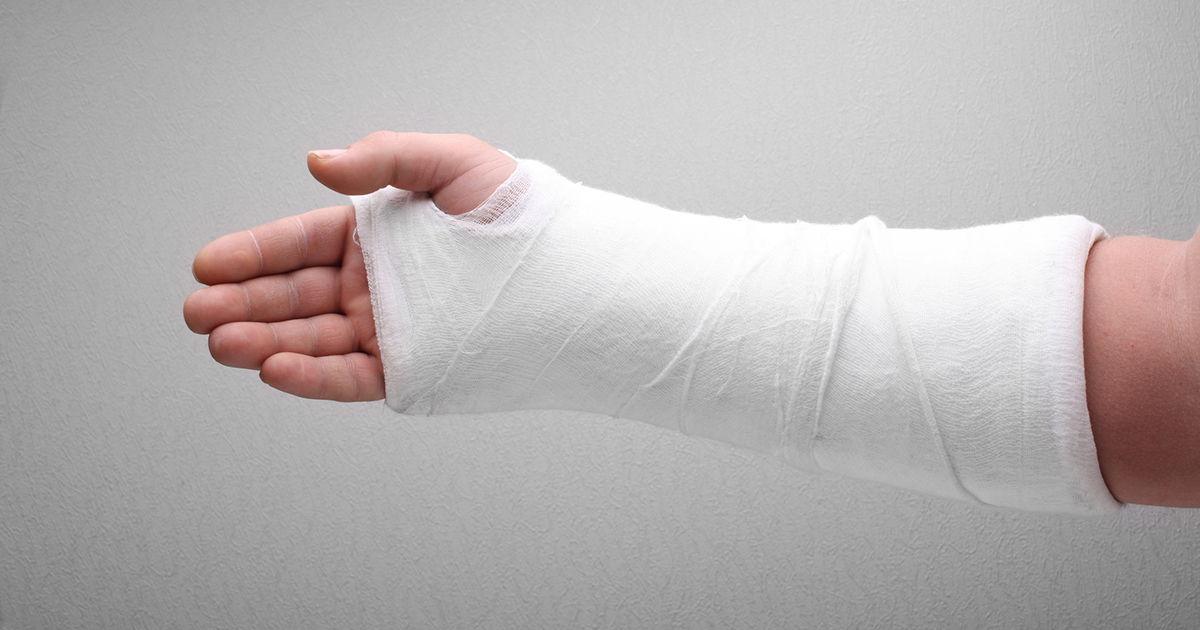Symptoms Of Osteopenia
Most of us have heard of osteoporosis, which is a disorder that causes the bones to lose tissue and become weak and brittle. However, not many are aware of this similar disorder that is often confused with osteoporosis. Osteopenia is similar to osteoporosis in that the person suffering from the disorder will experience a loss in bone density. However, it's not to the same extent. While not everyone requires treatment with medication, certain risk factors could make your condition more severe.
It's important to see a doctor soon if you think you may be suffering from osteopenia. They can help patients manage the disorder and reduce the risk of fractures and broken bones. There are a few symptoms of osteopenia to be on the lookout for. Get to know them now.
Localized Bone Pain

Localized bone pain is a prevalent symptom of osteopenia. However, it can also signify other issues or be mistaken for joint pain. Localized pain means you'll notice it in a specific place, and it can be sharp and shooting. Joint pain is similar as often manifests as shooting pain, but it's typically localized to a joint area. This could indicate the cartilage is eroded, leaving bone on bone friction that causes pain and discomfort. You may also notice the problem gets worse with activity or overuse.
Now that you have a better understanding of the differences, you can be more effective in communicating with your doctor. Be sure to inform them of the nature of your localized bone pain and how it differs from joint pain. They can help you determine if you have osteopenia through blood tests, imaging studies, or other diagnostic tests. Keep in mind immobilization isn't typically recommended, so expect to remain somewhat active as you work to arrive at the right medical regimen for long-term management.
Bone Fractures

Do your bones easily fracture? They occur when a bone is shattered, often with excessive force. However, in the case of individuals suffering from osteopenia, it may seem fractures occur in situations that would normally only cause bruising.
Bone fractures typically take around six to eight weeks to heal, and your doctor will employ various methods to immobilize the bone. This can include putting the body part in a cast, splint, sling, or combination of any of the three.
Unfortunately, patients with osteopenia are more susceptible to experiencing bone fractures. However, there are ways to prevent them, such as consuming more calcium. You can also take the time to minimize risks around the home that could cause accidents. Hide wires that stretch across the floor, reduce clutter, and remove unused. This is a good time to arrange for a garage sale to make your home as osteopenia-friendly as possible.
